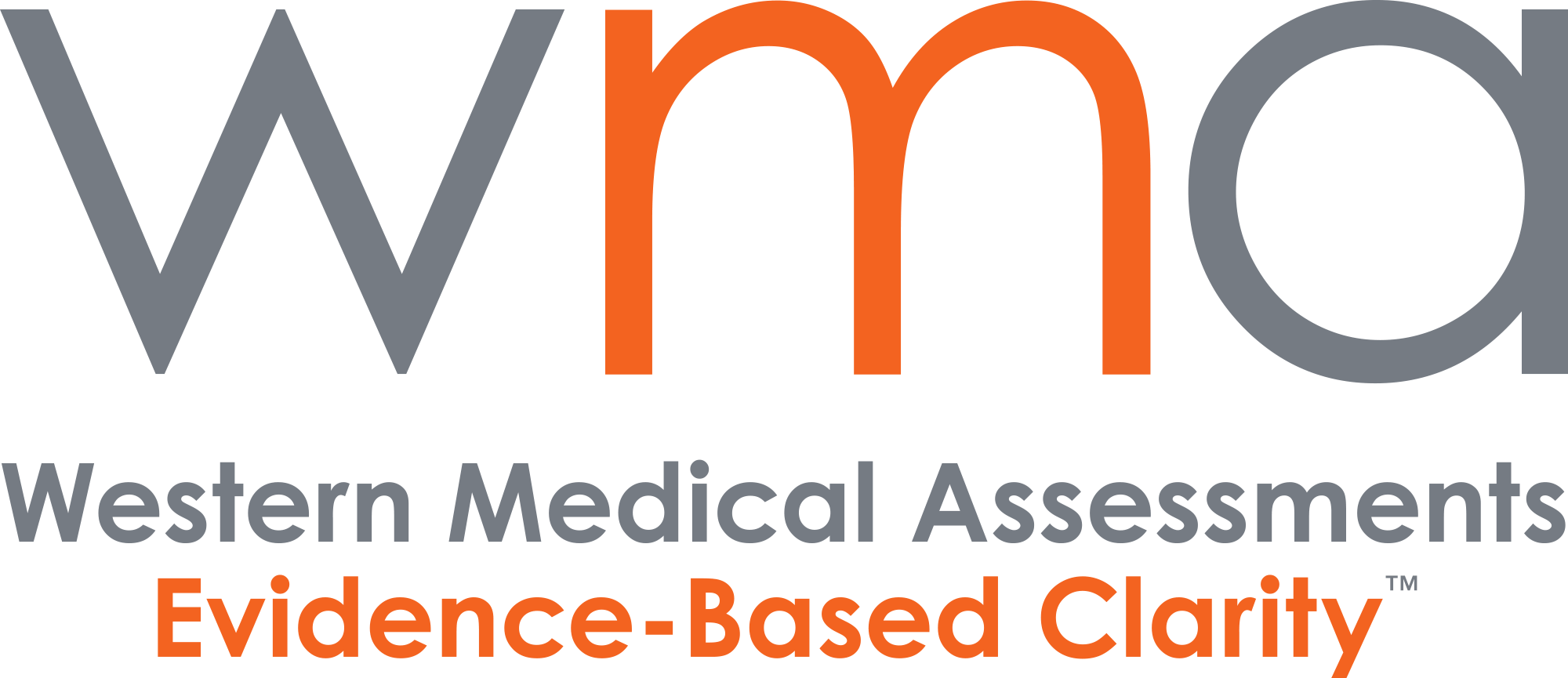May 16, 2023 from Cuming & Gillespie
If you have ever been involved in a car accident, you have probably wondered who was to blame. The answer to this question may be very important if you have been hurt. You could file a claim for compensation if one of the drivers was at fault for your injury.
This essay examines the idea of fault in auto accidents and demonstrates how it can be difficult to pinpoint who is at fault. To assist you recover from the effects of the damage on your life, you can file a claim for compensation after an accident provided you have a skilled personal injury attorney on your side.
The Importance of Determining Fault
You may be entitled to financial compensation from someone else if their negligence caused your injuries in a car accident. On the other side, if you were at blame for the collision, you won’t be able to file a claim (although your auto insurance policy is likely to provide accident compensation regardless of who was at fault).
To determine who is liable for compensating accident victims, insurance companies (and courts) assign blame. For instance, if the insurance provider for the negligent motorist agrees that their policyholder was to blame for your damage, they can try to resolve the matter by making you an offer of money.
Sometimes it is clear who is to blame for an automobile collision. For instance, if you’ve been hit from behind, the other automobile is likely to blame. Sometimes assessing culpability is a difficult and contentious procedure.
Who is Responsible
Both parties could be partially to blame, which is one factor contributing to the complexity.
Contributory negligence is a recognized legal term. This means that the amount of compensation payable will be decreased in proportion to their own degree of guilt if someone else’s negligence results in injuries but also caused the accident that resulted in those injuries. Insurance companies may decide that an injured driver contributed to the collision in some way.
One aspect adding to the intricacy is the possibility of joint responsibility between both parties.
An acknowledged legal concept is contributing negligence. This means that if someone else’s negligence leads to injuries but they also caused the accident that led to those injuries, the amount of compensation due will be reduced in accordance with their own degree of responsibility.
Insurance companies can conclude that a driver who was hurt in the crash made a contribution in some way.
Rules have an impact on how fault is determined. For instance, if a driver disobeys the law and causes an injury, the disobeying driver must demonstrate that they were not to blame in order to avoid culpability.
Due to section 185 of the Alberta Traffic Safety Act, the burden of proof is now reversed, meaning the injured party must now demonstrate that the other driver’s negligence led to their harm.
A person who was hurt after their car was T-boned by another vehicle was recently represented by Cuming & Gillespie. At a highway crossing, this client was driving. He was at a crossroads, where a stop sign regulated the direction he could go and the highway had the right of way.
As the client made their way onto the highway, a different car struck their driver’s side. This evidence revealed that because our client hit another car while turning, he was entirely to blame for the mishap.
Damage assessments and accident reconstruction, however, revealed that the other driver most likely exceeded the speed limit by 15 to 20 km/h. Cuming & Gillespie claimed that the other driver was not paying proper attention while driving for at least a brief period of time through challenging evidence. The firm contended that if the other driver had been adequately attentive or traveling at the posted speed limit, the collision might have been avoided.
Given the severity of the client’s injuries and the potential risk to the other motorist, Cuming & Gillespie reached a settlement at mediation that was relatively close to the other driver’s insurance policy limit, despite the fact that the client bore the majority of the blame for running the stop sign.
=================================================================
Considering an IME or document review to resolve an insurance claim, legal file, or workplace health and safety issue?
Our specialists provide evidence-based opinions, so get in touch with Western Medical today to learn more about our services.

